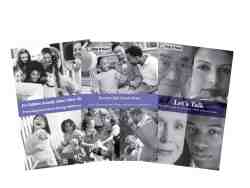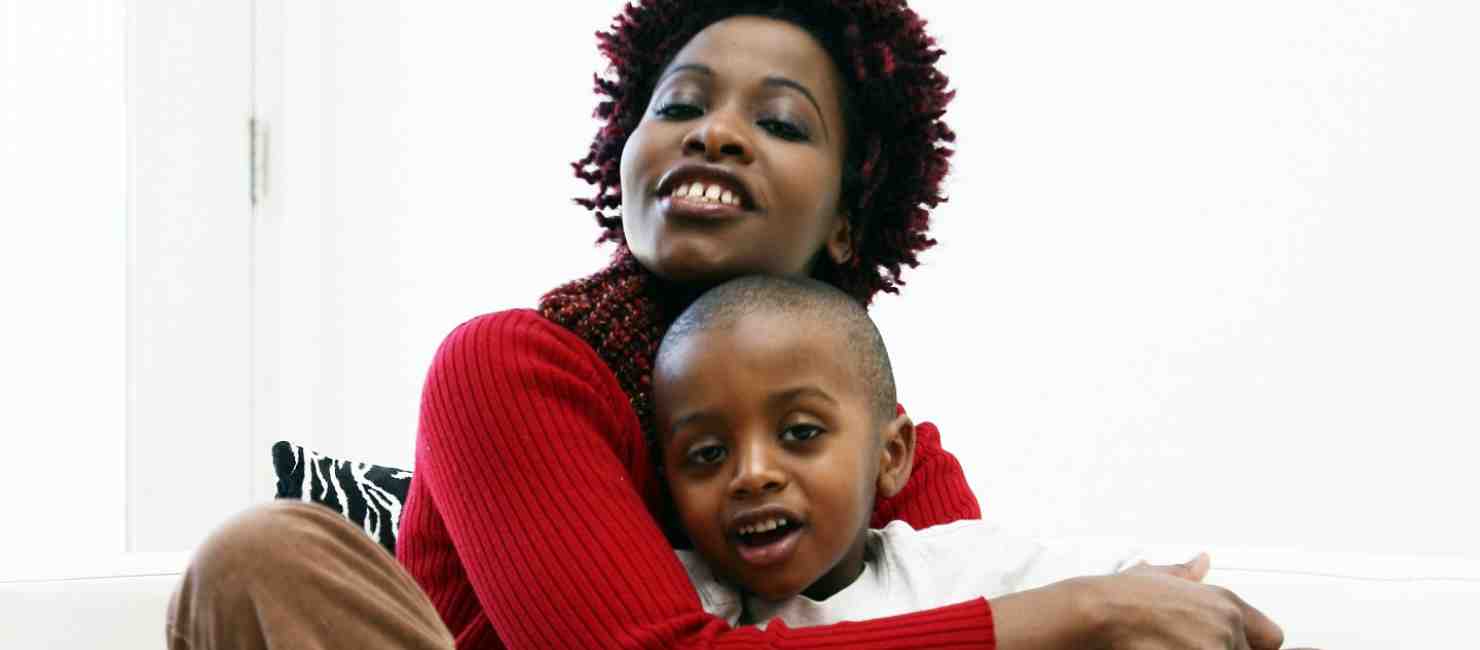Prevention Tools
Prevention steps can be taken at any time – before there is a concern that a child is being sexually abused to re-establishing safety to prevent further abuse. By becoming educated about child sex abuse, you are already becoming a proactive and protective adult.
Trust your gut. You may be the only one who can take action.
Studies show that in as many as nine out of 10 cases, kids don’t tell anyone when they are being sexually abused. It’s up to adults to recognize behaviors that make kids vulnerable to sexual abuse. If something makes you uncomfortable, speak up. Your voice is the first line of defense in keeping kids safe. Talk to family members and other adults about safeguarding children.
Warning Signs
A "warning sign" is really just another way of saying an "opportunity for prevention" – a chance for caring adults to recognize possible risk and to take action to protect children. And remember- the most effective prevention takes place before there’s a child victim to heal or an offender to punish.
Tip Sheets
Everyone can take steps to prevent the sexual abuse of children. Our prevention tip sheets can help you take action to keep children and youth safe, whether it's making a family safety plan, finding a safe school or camp, or safety on the internet.
Learn More
- Create A Family Safety Plan
- Everyday Actions To Keep Kids Safe
- Talking to Children and Teens
- Keeping Adults And Children Safe Online
- Unique Role of Grandparents
- Sexuality Concepts for Children (Ages 4 - 8)
- Age-Appropriate Sexual Behavior
- Warning Signs in Children of Possible Sexual Abuse
- Signs An Adult Is At-Risk To Harm A Child
- Signs A Child Is At-Risk to Harm Another Child
- Behaviors To Watch For When Adults Are With Children
- Keep A Journal Of Warning Signs
- Warning Signs a Young Person May Be a Target of Online Abuse
For Parents Of Children With Disabilities
- Create A Family Safety Plan
- How To Talk To Your Child To Reduce Vulnerability To Sexual Abuse
- How To Protect Your Child From Sexual Abuse In A Program Setting
- Behaviors To Watch Out For When Adults Are With Children & Signs That A Child Or Teen Might Be At-Risk To Harm A Child
- Prevention for Faith-Based Communities
- Questions Parents Should Ask About School Policies
- Safety In Daycare
- Safety In Sports
- Safety Planning For Summer
- A Summer of Happy Memories: Camp Safety
Concerning Behaviors
- Fifteen Questions About Your Own Thoughts and Behaviors
- Concerned About A Sex Offender In The Neighborhood
- Talking To Parents About Their Child's Sexual Behaviors
- Worried About Yourself: Safety Planning in the Moment for Adults Who Feel At-Risk to Harm a Child
Prevention on the Internet
- Warning Signs a Young Person May be the Target of Sexual Abuse Online
- Tip Sheet: Keeping Children and Youth Safe Online
- Tip Sheet: Keeping Yourself Safe Online
- Resources for Online Safety
- How do people sexually exploit children and youth online?
- Why would someone watch child pornography? (Child sexual abuse material)

Stop It Now! Guidebooks provide the facts and information you need so you can stop being afraid and take actions to keep kids safe.
Prevent Child Sexual Abuse:
Facts About Abuse and How to Prevent It
A clear, newly expanded 22-page primer on child sexual abuse, offering practical steps adults can take to prevent it—before it starts.
Let's Talk:
Adults Talking to Adults about Child Sexual Abuse
Newly updated and expanded in 2020, this 33 page guidebook focuses on one of Stop It Now!’s core principles for protecting children: adults talking honestly with other adults. Specifically geared to helping people bring up concerns about someone’s behaviors towards children, this guidebook supports people to talk about concerns they have in compassionate and non accusatory ways that make it clear that children’s sexual safety is a priority and that risks to that are everyone’s responsibility.
Do Children Sexually Abuse Other Children?
Preventing Sexual Abuse Among Children and Youth
Our expanded and updated 18-page guidebook that offers a clear, positive discussion about actions adults can take to prevent harmful sexual interactions between children.
Permission to use copyrighted material from the Guidebooks
- Stop It Now! Guidebooks are copyrighted material. If you are interested in using all or a portion in a training, workshop, or conference setting, please contact us for permission.
Free Downloads
- FREE copies of our Guidebooks (PDF) can be downloaded for personal use only.
- If you find these resources helpful, please consider making a donation so that we can continue helping adults prevent the sexual abuse of children.
Library of Resources
Stop It Now! has the practical, hopeful and specialized resources adults need to prevent child sexual abuse.
We know that lack of information is a key barrier in taking a step to prevent child sexual abuse. That's why we've also made available a searchable database of the resources used by our Helpline staff as an additional tool for understanding child sexual abuse and taking actions to prevent it.
Click here to access database to review, download or order prevention materials or search for specialized resources.
PARENTtalk: Practical Information, Hopeful Perspectives
From 1998 to 2007, Stop It Now! published PARENTtalk, a publication by and for parents and caregivers of youth with sexual behavior problems. It was discontinued due to lack of funding.
PARENTtalk archives offer practical information and hopeful perspectives for any adult looking for support in responding to sexually concerning behaviors in children or youth. To break the isolation that caregivers so often face, PARENTtalk published personal stories from families who have generously shared their experiences as well as updates from some of the leading professionals in the field.
Click here to access PARENTtalk archives.
Tip Sheets:
Para Padres de Niños con Discapacidades
- Comportamientos para observar cuando los adultos están con los niños y las señales que un niño o un adolescente pueden están en riesgo de lastimar a otro niño
- Planificar la seguridad familiar para prevenir el abuso sexual infantil
- Cómo proteger a su hijo de abuso sexual en programas extracurriculares
- Cómo hablar con su hijo para reducir vulnerabilidad al abuso sexual
Guidebook:
Algo estaba pasando en MI propio hogar, y yo no me habia dado cuenta antes (Something was going on in my own home and I didn't realize it.)
This Spanish-language brochure, written in mini novella format, includes lists of warning sign behaviors and informs readers that help is available for people who sexually abuse children.

